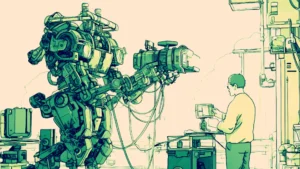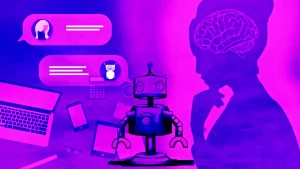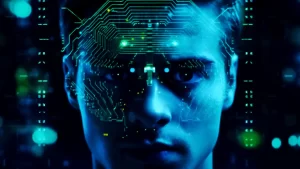
Overview of how ChatGPT and other A.I. chatbots are being integrated into education
It’s interesting to see the evolving perspectives on the use of A.I. chatbots in education and see how educators and students are adapting to these technologies, and the varied perspectives on their benefits and drawbacks. Here are some key takeaways:
Positive Experiences and Use Cases:
Educators embrace A.I. chatbots for quiz variation, ensuring instruction clarity, and generating creative activity ideas. Students benefit from personalized tutoring, finding A.I. a valuable tool in understanding complex concepts and preparing for exams.
- Quiz Question Variations: A.I. chatbots are used to create variations on quiz questions.
- Instruction Clarity: Chatbots are employed to check instructions for clarity.
- Activity and Assignment Ideas: Teachers use chatbots to brainstorm activity and assignment ideas.
- Preparation for Geometry: Students find A.I. chatbots helpful for preparing in subjects like geometry.
- Personalized Tutoring: A student describes the chatbot as a personalized tutor in math, capable of answering numerous questions.
- Understanding Difficult Concepts: A.I. chatbots make it easier for students to understand difficult concepts.
- Tailored Responses: Students appreciate the tailored responses obtained through specific prompts.
- Time-Saving: A.I. chatbots are seen as real time-savers in tasks such as outlining essays, business plans, and emails.
Concerns and Drawbacks:
Concerns and drawbacks include automated plagiarism, widening privilege gaps in A.I. literacy, challenges in detecting cheating, undetectable A.I. use, and the need for new accountability measures in education.
- Plagiarism: There are concerns that A.I. chatbots may contribute to industrialized and automated plagiarism.
- Privilege Gap: Some foresee a growing gap between privileged students who know how to use A.I. tools and others who may struggle with them.
- Cheating Challenges: Detecting and preventing cheating with A.I. chatbots is considered challenging, and traditional methods may not be effective.
- Undetectable A.I. Use: The undetectable nature of A.I. use poses challenges in addressing plagiarism and cheating.
- Accountability: Suggestions include holding people accountable through in-class exams and Wi-Fi restrictions.
Educator’s Perspective:
Technology Potential and Concerns: An educator finds the potential of A.I. technology fascinating but expresses concerns about issues such as bias, privacy, and academic honesty.
Purpose of Education: A.I. encourages educators to think more intentionally about the purpose of education and assessment.
Suggestions for Students:
Demand Clarity: Students are advised to demand clarity on the extent to which they can use A.I. tools for generating ideas, obtaining feedback, and collaborating.
Calls for Guidelines:
Government Rules: Some readers suggest the development of strict government rules for educational A.I. use to protect student privacy and intellectual property.
University and District Guidelines: There’s a call for universities and districts to provide more guidelines and recommendations for innovative uses of A.I. tools.
The integration of A.I. into education seems to be a dynamic process with both positive experiences and challenges, requiring thoughtful consideration and continuous adaptation.










